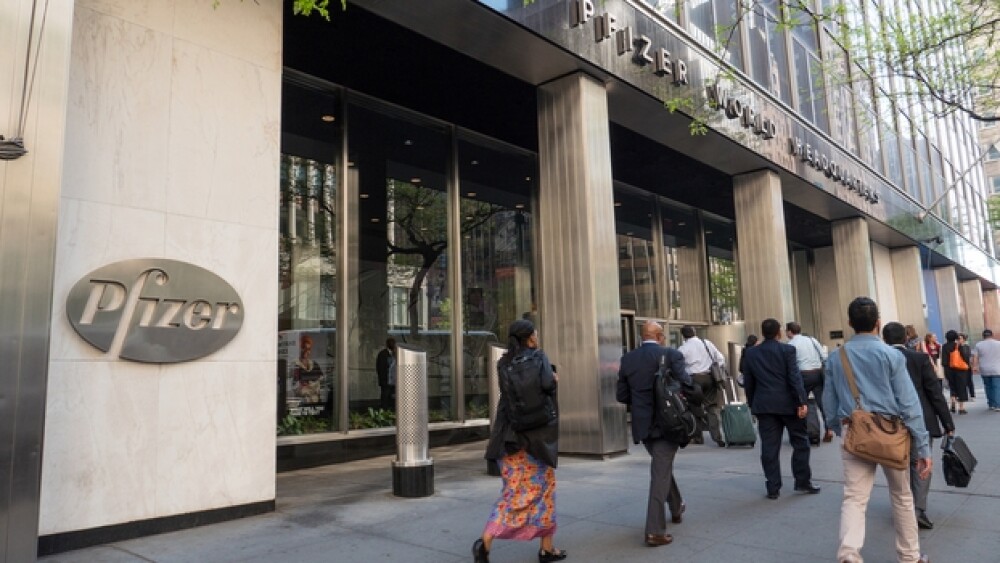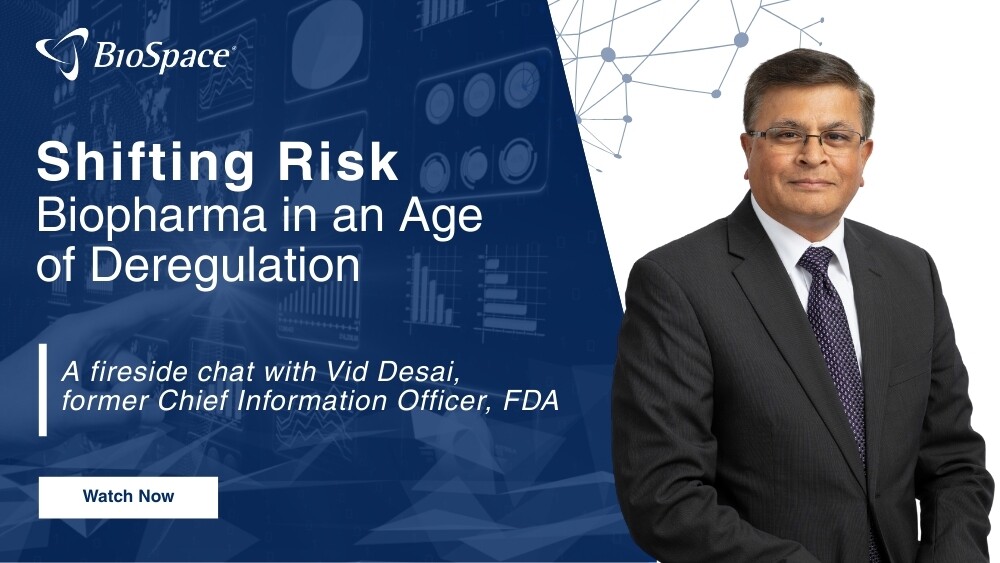Pfizer indicated yesterday that its Phase III clinical trial of 44,000 volunteers now needs fewer than 2,000 people to be fully enrolled.
pio3/Shutterstock
Pfizer and its partner BioNTech are typically viewed as the leaders in getting their COVID-19 vaccine ready for the public. Pfizer indicated yesterday that its Phase III clinical trial of 44,000 volunteers now needs fewer than 2,000 people to be fully enrolled. The vaccine, which requires two doses about 28 days apart, has also fully dosed 36,000 people.
Pfizer-BioNTech had previously said they might have key data from the trial by the end of October, but that has been pushed back by a few weeks, although the potential for submitting for Emergency Use Authorization (EUA) with the U.S. Food and Drug Administration (FDA) sometime in November is still a real possibility. Moderna’s submission is more likely in December and the AstraZeneca-University of Oxford group is possible by the end of the year, now that the trial has restarted in the U.S. After a UK patient had a severe reaction to the vaccine called transverse myelitis, the trial was paused, but restarted quickly in the UK and other countries.
In a conference call with analysts at the company’s third-quarter earnings report, Pfizer’s chief executive officer, Albert Bourla, said, “We have reached the last mile. Let’s all have the patience required for something so important for public health and the global economy.”
He repeated the timeline he had described earlier, saying he believed Pfizer could file for an EUA in late November if the trial results are positive, which would make the vaccine available to the public before the end of the year. Under most plans proposed so far, the vaccine would initially be made available to health care providers, first responders and high-risk populations such as the elderly. More broad distribution is not expected until spring or summer of 2021.
Trump has repeatedly claimed a vaccine would be ready by November 3, the day of the presidential election, but it’s clear that is not going to be the case.
Bourla emphasized that he did not want the vaccine to be politicized, calling the U.S. presidential election “an artificial milestone” and asked for patience while the researchers worked through the data. “This is going to be not a Republic vaccine or a Democratic vaccine. It would be a vaccine for the citizens of the world.”
He went on to say, “I know how much stress levels are growing. I know how much a vaccine is needed for the world.”
In addition, Bourla noted that an independent data monitoring committee had yet to conduct its interim review of whether the vaccine is safe. The planned point for the interim review is when 32 study participants were infected with symptomatic COVID-19. “We don’t have the 32 events right now,” Bourla said. He also said it was “extremely unlikely” that any efficacy data would be publicized before November 3—not just to avoid politics, but because it would take at least a week to fully analyze the data.
The FDA’s guidelines for an EUA require two months of observational safety data of people in the study who received the vaccine. This has reassured most scientists, though not all, and seemed to slow down the timeline for a number of companies developing the vaccine.
The FDA’s Vaccines and Related Biological Products Advisory Committee met on October 22 to discuss the COVID-19 vaccine development programs, although they did not have data to analyze. The nine-hour virtual meeting was primarily to discuss the FDA’s guidelines and what their expected next steps will be.
Bourla indicated that Pfizer was advancing its vaccine manufacturing programs and expected to be able to provide 100 million doses by March 2021, enough for 50 million people, and probably have about 40 million doses, enough for 20 million people, by the end of this year. Pfizer also has plans to provide the vaccine to developing and low-income countries on a “not for profit” basis. In the U.S., the vaccine is expected to run about $20 per dose, with two doses required, but the U.S. government acquired the initial doses and expects to provide them to the public for free, although the health care providers that give the dose may have a fee.





